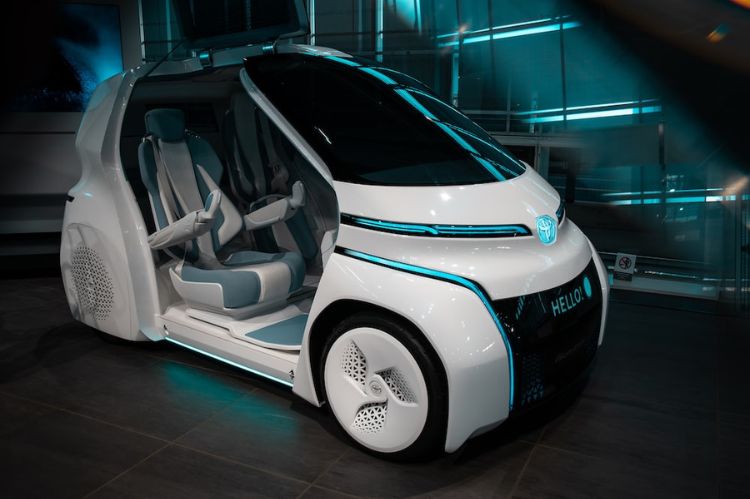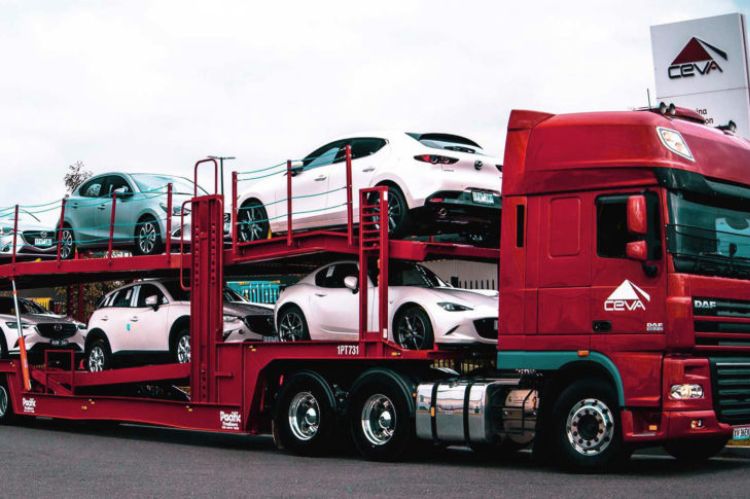The concept of autonomous vehicles has been there for several years. Engineers in collaboration with automobile manufacturing companies and universities have for years tried building a fully autonomous (self-driving) vehicle.
Most of the cars from these projects weren’t fully self-driving cars as they needed some external control. However, through Carnegie Mellon University’s Navlab project, the first official autonomous vehicle was piloted from Pittsburgh to San Diego in 1995.
Since then, several other experiments were done to develop fully functional autonomous vehicles, which were successful. Currently, more and more car manufacturing companies trying to produce autonomous versions.
Can we say confidently say that autonomous vehicles are the future? Or, they are one of those inventions that come and die out slowly?
History of Vehicles

Since the invention of the first car, the industry has seen tremendous changes, thanks to technology. In 1885, Karl Benz invented the first gasoline-powered car, although the technology of self-propelled vehicles existed in the 18th century and was steam-powered. In 1908, the Ford Model T became the first mass-produced car.
Since its invention, the automobile industry has gone through several faces. It moved from simple engines and components to large powerful and complex ones with improved aesthetic look.
Previous vehicles took longer time to produce, were slower, mostly traveled shorter distances, and were very expensive to produce. So, it was more of a luxury possession than a necessity.
Today, vehicles are mass-produced and affordable to the average person. Unlike previous steam-powered vehicles, current ones use transmissions with improved engines.
Previously, vehicles were built on manual transmissions, where a driver needs to shift from one gear to the other, by using the clutch to disengage the engine from the transmission.
However, in 1939, General Motors invented the first automatic transmission, the Hydra-Matic. With it, drivers don’t have to manually shift gears. This made driving more comfortable and easier.
The invention made way for other automobile companies to also develop automatic transmission vehicles. Ford came up with the Ford-O-Matic automatic transmission in 1951.
They since built on it and in 1993, developed the 4r70w, a four-speed automatic transmission that became a game changer. Automatic transmission has undergone several transformations to become reliable and efficient.
Car manufacturing companies build both manual and automatic transmission vehicles. Some also use continuously variable transmissions (CVT) or dual-clutch transmissions (DCT), in specific models.
What is an Autonomous Vehicle?
A self-driving vehicle is capable of driving itself from one point to a predetermined destination. The vehicle uses various technologies and sensors like GPS navigators, lasers, radar, active steering, adaptive cruise control.
And an anti-lock braking system, among others to navigate itself. With that being said, most of the currently manufactured ones may need human intervention at a point.
Advantages of Autonomous Vehicle
Safety: safe driving is the most significant advantage of autonomous vehicles. It will eliminate human errors, which are the main ingredient for accidents.
Energy efficiency: Being able to navigate and optimize routes to save time and travel distance, the vehicles are said to be fuel efficient.
Reduce traffic: Autonomous vehicles can communicate with each other to coordinate movement and reduce traffic congestion on roads.
Accessibility: Self-drivingvehicles will eliminate the current impediments hindering the mobility of people with disabilities, and the aged.
Are Self-Driving Cars the Future?
Decades ago, the idea of building an autonomous car was deemed as a mere science fiction fit for the books. But with the current technological advancement, these cars are seen on the streets worldwide.
Auto manufacturing companies are racing to build efficient, safer, more comfortable, and reliable autonomous vehicle that suits the definition.
The likes of Tesla, Cruise, Waymo, AutoX, Zoss and Magna International are all trying to be market leaders in this sector.
But is the idea of autonomous vehicles taking over transportation achievable or just rhetoric?
Research and experiments are still ongoing to achieve 100% self-driving vehicles.
For a vehicle to become fully autonomous, it should learn the environment and be able to take quick human-like decisions when driving. Before hitting the road, such a vehicle must progress through six levels of driver assistance technology advancements.
As such, automobile companies in this field keep experimenting with their built prototypes in a controlled environment and under human supervision.
With successful experiments, researchers suggest an estimated 8 million autonomous vehicles will be on the road by 2025. With over a billion vehicles currently on roads worldwide, the estimated figures will be a drop in the ocean.
For autonomous vehicles to become the future, there should be a ready market for them. People should be willing to purchase them just as they do for existing vehicles. But, this will depend on the cost. The vehicles must be affordable for the average car buyer.
Also, there should be standardizations and regulations to support the advancement of this technology. Currently, there are no thorough road rules and regulations for autonomous vehicles. The existing ones prescribe the presence of a human driver who will take over in case of an emergency.
So, it is very dangerous to set up an autonomous car to drive on busy public roads. With that being said, there are emerging regulations to ensure the safety of occupants of such vehicles.
These safety regulations will ensure that autonomous vehicles meet certain standards before certifying them. Safety-related parts must also meet a performance requirement and the manufacturer must endorse that the vehicle is safe for the road.
If the right standards and regulations are enforced, and people patronize them like other cars, then autonomous vehicles can become the future.



